It’s just past 7 a.m. as Tavis Clinton’s sanitation truck pulls to a stop in an alley in the Washington, D.C., neighborhood of Petworth, its streets lined by aging rowhouses and the occasional glass-and-metal gentrified upstart apartment complex. The 41-year-old sanitation crew chief, who like the other members of his three-man team is African American, navigates the massive orange city truck through the narrow lanes, his mouth covered in a star-spangled bandana. His colleagues jump off, grab a couple of wheeled bins and swing them in a practiced arc onto a mechanized arm that tips the refuse into the truck. The team then skates the bins back behind the still-quiet homes and sprints to the next set, panting through their face masks in the former swampland’s late spring heat.
Sanitation workers like Clinton show up before dawn to start their 6am shifts, wrapping themselves in masks, gloves, neon jackets and vests, and a take-no-prisoners esprit de corps to get through exhausting shifts removing the locked-down city’s refuse. The streets have been emptier but the trash is heavier with so many staying at home during the coronavirus pandemic. The three-man crews pack into the truck’s cab, where no social distancing is possible. When Clinton gets home to his wife and five children, he sprays his clothes his disinfectant and then scrubs hard in the shower before going anywhere near them.
“It’s tough,” Clinton says. “I just have to trust in my crew that once they leave work, they are home and they’re not out socializing, because it’s all our health at once.”
Clinton and his crew are part of the essential workforce that has kept America’s capital running during the pandemic, most of which are African American, according to the city. It’s one of the reasons officials say the African American community here has been so hard hit by COVID-19: While African Americans make up nearly 47% of the District of Columbia’s population, and account for 46% of the city’s COVID-19 cases, they also account for more than 76% of the city’s deaths.
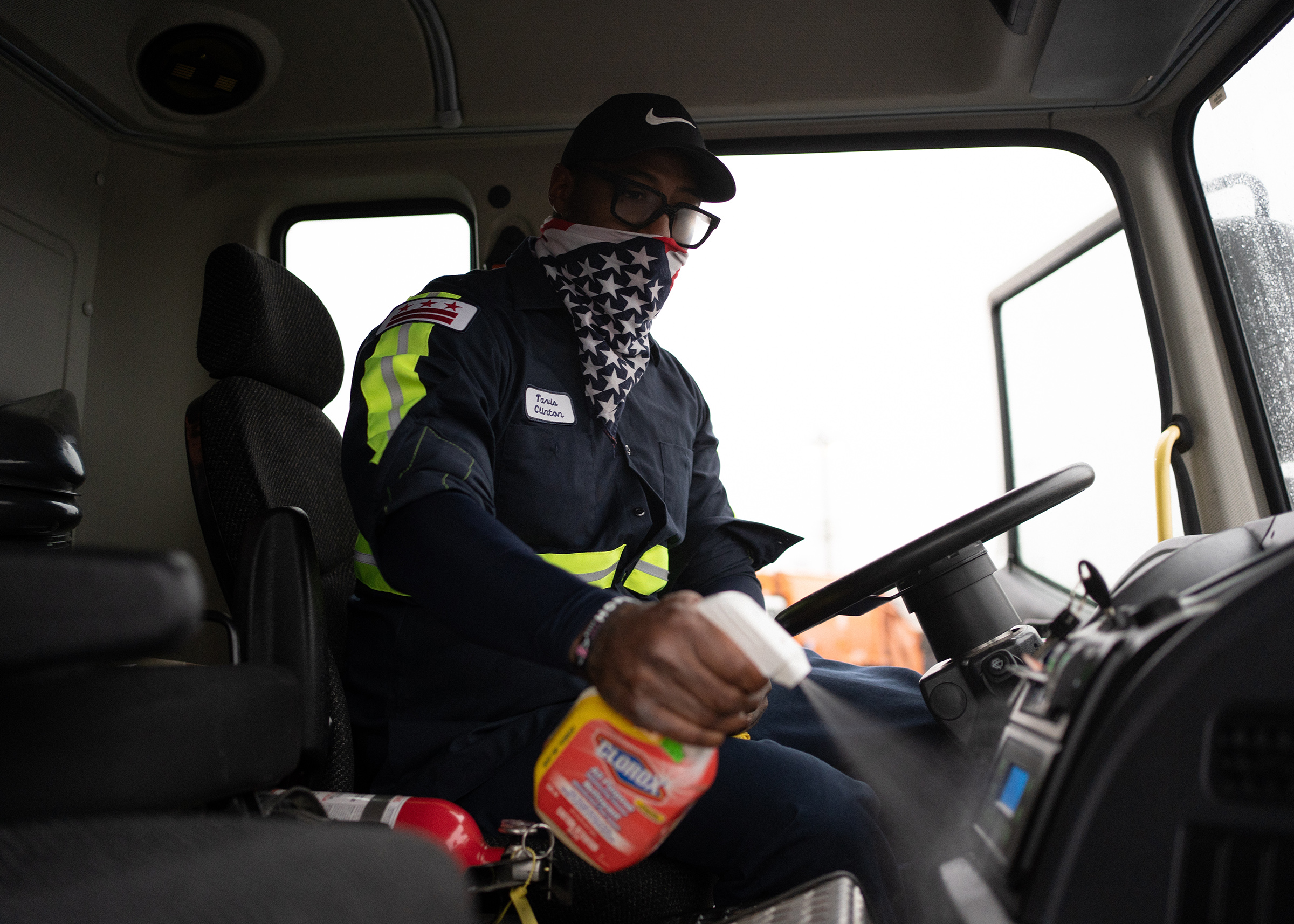
Now, as the District’s officials announce reopening non-essential businesses this Friday, they worry its black and brown residents, who are being disproportionately impacted by the virus, will bear the brunt of a second wave of infections once people leave their houses. Washington D.C. Mayor Muriel Bowser knows she has to both bring back business and minimize the health risk to the largely black and Latinx workers doing the work on the pandemic’s front lines. Latinx are the second highest risk group for COVID-19 in the U.S.; in the District, they make up 11% of the city’s population and 25% of infections. “You don’t get to open up and be successful if people are scared for their lives,” Bowser tells TIME.
The virus’ disproportionate impact on the District of Columbia’s black community in particular reflects a broader pattern across the United States. Nationwide, African Americans comprise just 12.3% of the country but nearly 26.3% of the COVID-19 cases and 22.7% of deaths, according to CDC data. (At least 30% of states’ test results compiled by the CDC failed to record race.) A high rate of underlying conditions like diabetes and heart disease, coupled with historically lower-paid jobs, have put many African American communities at greater risk from COVID-19, experts say. The skewed toll “spotlights the underlying inequalities and extra burdens that black communities have historically had to deal with in this country,” former President Barack Obama said in his May 16th commencement speech for Historically Black Colleges and Universities.
Until this week, Washington, D.C.’s startlingly high proportion of African American deaths has helped make the city a national outlier in its stay-at-home orders. On May 13, Bowser extended D.C.’s the order to June 8th, while nearly all other states moved toward some kind of reopening. Her caution proved prescient: the metropolitan D.C. area had the highest rate of positive COVID-19 tests in the nation on May 22, just ahead of the Memorial Day weekend, according to White House coronavirus response coordinator Deborah Birx. But on the Wednesday after the holiday, Bowser tweeted that she’d lift the lockdown on May 29, as cases had trended downward for 14 days. She reminded District residents that “the virus is still around us. The public health emergency will continue and gatherings of more than 10 people are prohibited despite lifting the stay-at-home order this Friday.”
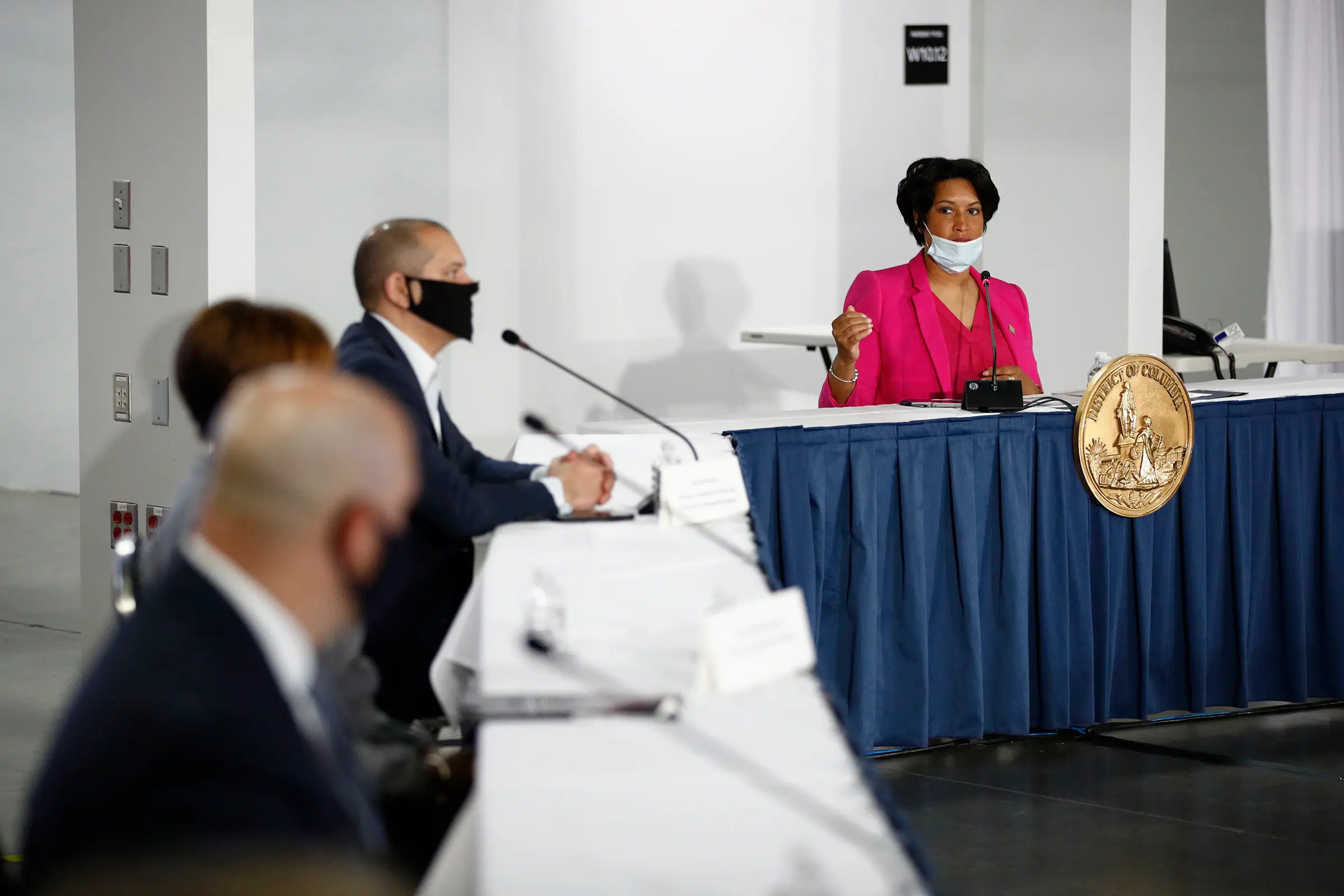
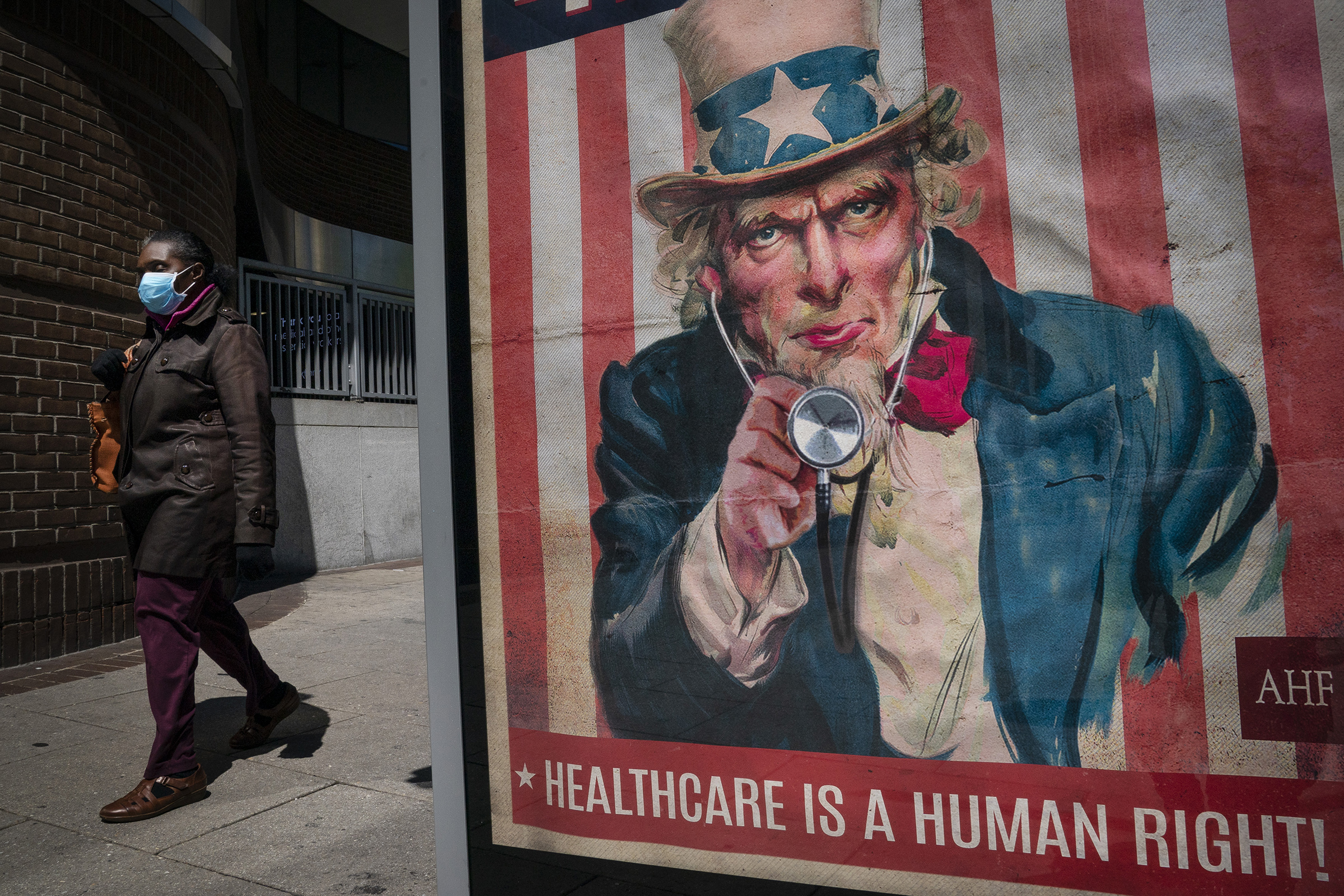
Bowser’s caution has put her at odds with the President living in her city limits who has been actively urging the country to get back to business. She is trying to walk a diplomatic line with the Trump Administration, since D.C. needs federal funding to bridge a nearly $725 million-dollar budget shortfall spurred by rising social-welfare costs and falling tax income due to the pandemic. But she doesn’t sugarcoat the fact that she thinks President Donald Trump’s push to reopen overlooks the needs of some of the most vulnerable Americans. “There is this kind of a callous calculation happening that surprises me,” she says. “It’s kind of like, ‘Well, this COVID is killing old people and, Oh, well. It’s killing black people, and poor people and essential workers. Oh, well.’”
‘This death that’s going around’
For many of the early rising members of D.C.’s sanitation crews, COVID-19 has brought both a sense of renewed pride in their crucial work and a creeping sense of dread. “The public comes out when they are coming through the alleys, kids waiving at them,” says Earl Simpson, 43, the associate administrator of D.C.’s collection division. “I think the citizens really appreciate us being out there collecting the trash and recycling.”
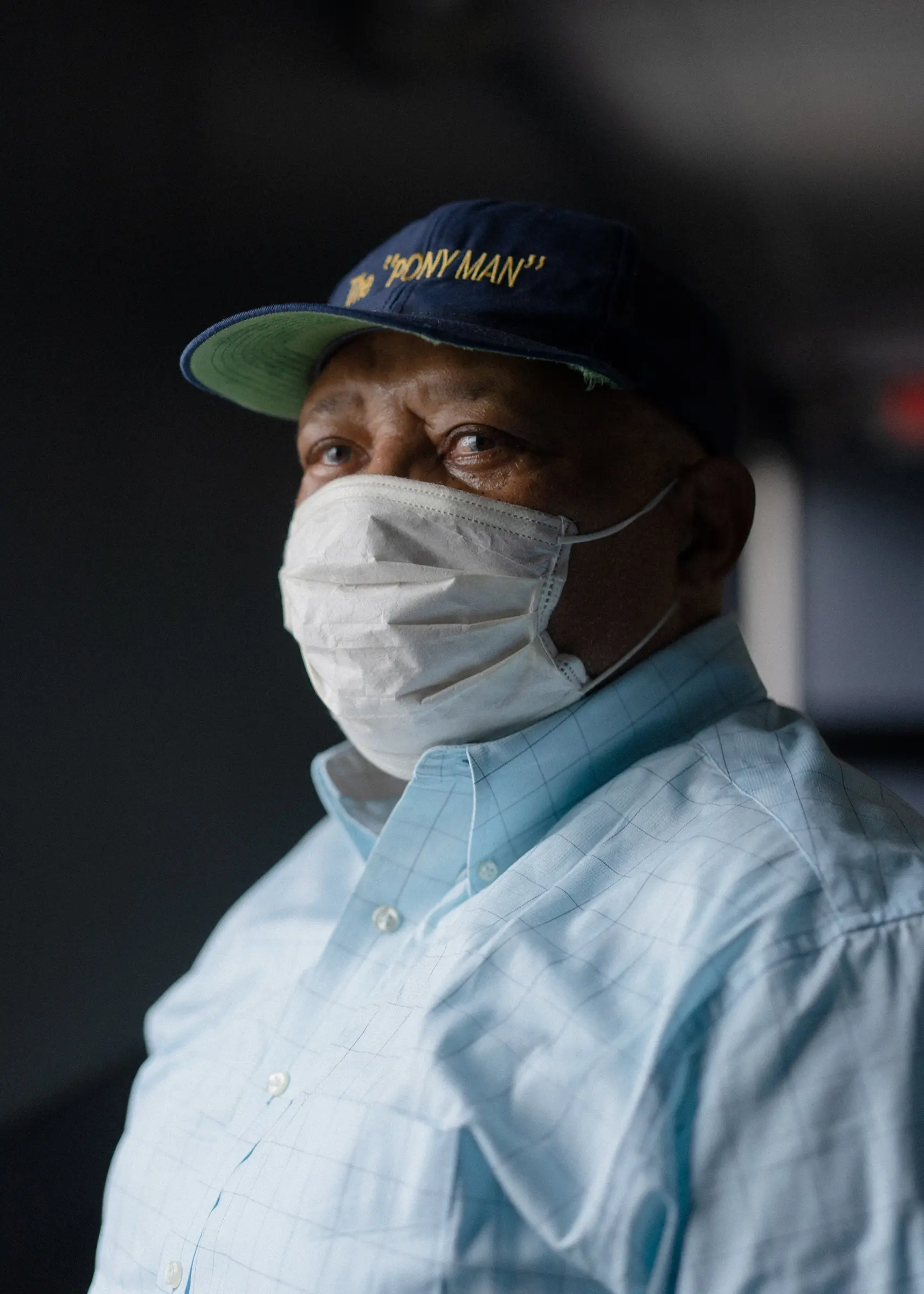
But some have already left the job out of concern for their safety. Fear of the virus drove one of the city’s longest serving sanitation workers, Maurice “Pony Man” Queen, 72, to finally retire on April 3, after his “50 years, 7 months and 22 days of service.” He started the job just after Martin Luther King was assassinated in Memphis, where the reverend had traveled to support a protest by black sanitation workers. He says he never missed a week’s work until coronavirus struck. Now he’s worried about the young men he mentored who are still on the job. “We’re gonna have some more people die before all of this is resolved,” Queen says. “And I’m just hoping and praying that none of my family members or anybody that I know will be a part of this death that’s going around.”
COVID-19 is disproportionately impacting African American communities across the U.S. for a variety of reasons. Many inhabit the low-income, densely packed neighborhoods with a large number of multi-generational homes, which helps spread the virus, says Danyelle Solomon, 39, vice president of race and ethnicity at the Center for American Progress (CAP). Other factors include type of employment, lack of a financial safety net and pre-existing health conditions, she says.
African Americans make up about a third of some of the service industry’s public-facing jobs like taxi drivers and barbers, according to CAP research. That’s in part why less than one in five black Americans, and less than one in six Latinx Americans are able to work from home, Solomon says. And for every $10 a typical white family has in the bank, a typical black family only holds $1, according to CAP research. “Wealth allows people to respond to that unexpected emergency like COVID-19,” she says, “resources you can draw upon when you’re not pulling a paycheck.”
When it comes to health, CAP’s analysis shows that 28% of people of color between the ages of 18 and 64 in the U.S. — or more than 21 million people — have a pre-existing condition, like asthma, hypertension, heart disease and diabetes, that could put them at higher risk of severe illness from COVID-19.
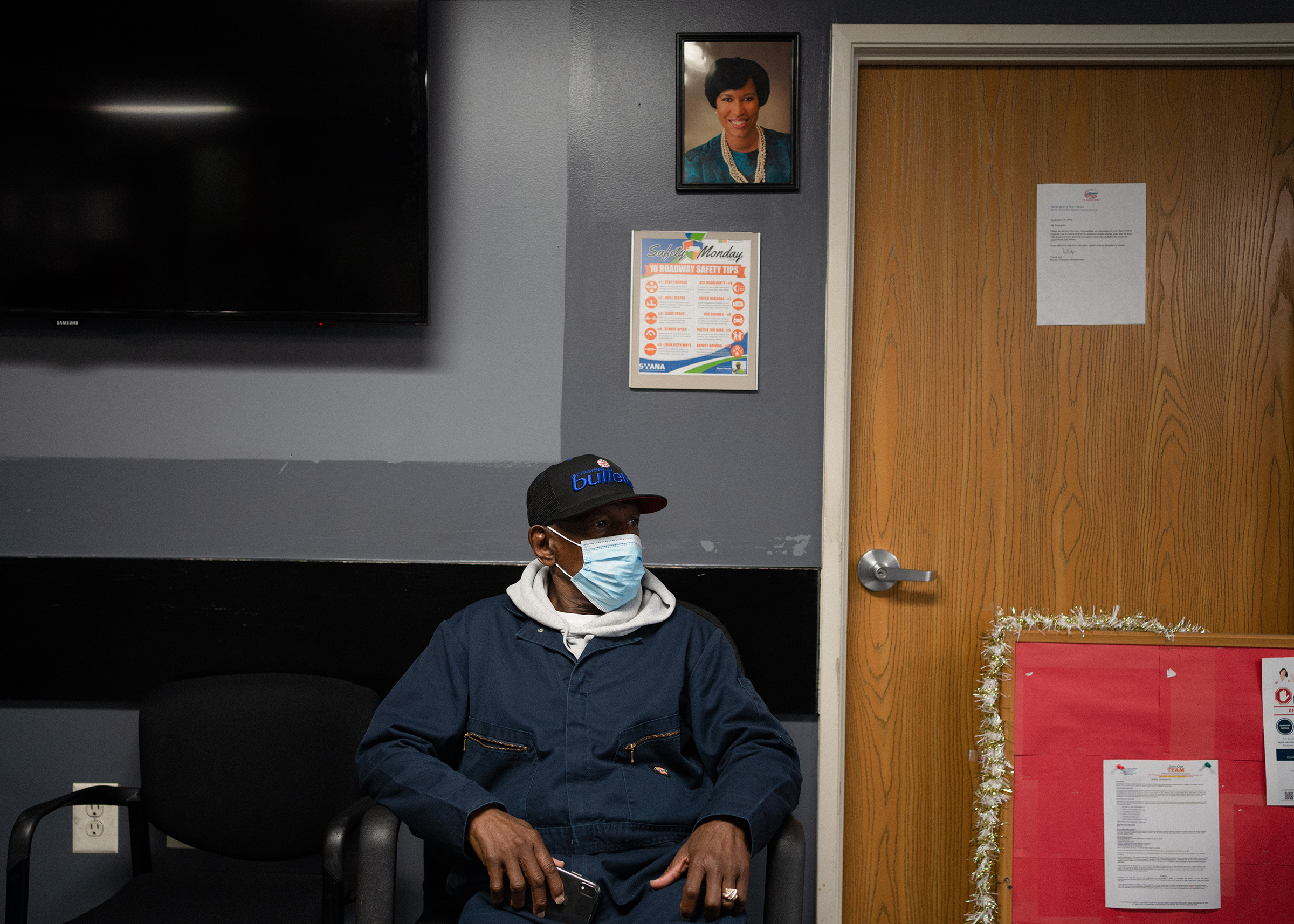
In Washington D.C., Mayor Bowser, who is 47, says the virus has been “efficient against underlying conditions that you see in the African American community, like diabetes and high blood pressure and heart disease.” She says it has also hit those who don’t have the luxury of staying home, and those who live in multiple-generation households that are getting more crowded as families double up when they can’t make rent because of lost wages. “Less than optimal health decisions, coupled with the inability to isolate, has put black and brown communities right in the crosshairs of COVID-19,” Bowser says.
Others say criticizing African Americans for lifestyle choices that lead to pre-existing conditions smacks of blaming the victim. Washington’s most populous black neighborhoods, concentrated in Wards 7 and 8, are food deserts, says Doni Crawford of the DC Fiscal Policy Institute, with only three large supermarkets serving 160,000 people. Decades of inequitable city planning also come into play, with homes in black and brown communities often located in more densely packed neighborhoods, or near warehouse or industrial districts, due to zoning practices, the 30-year-old affordable housing analyst says. “When you’re living close to a trash site, that negatively impacts your health.”
All these factors are further complicated by a historic distrust of doctors felt by many members of the African American community, says Dr. Michael Fauntroy, 54, associate professor of political science at Howard University, who studies African American political behavior. For many, that is rooted in the notorious Tuskegee experiment, he says, which started in 1932 when unethical U.S. Public Health Service researchers told African American men they were being “treated for ‘bad blood,’ a local term used to describe several ailments, including syphilis, anemia, and fatigue,” according to the CDC. Instead, they were being studied as syphilis consumed them, and infected their loved ones, long after a cure was found.
Lingering suspicion — and the prejudice African Americans continue to encounter in the modern health care system — has made some people reluctant to seek out care. It also means it can be hard to dislodge bad information, Fauntroy says, like the rumor in the early days of the pandemic that blacks couldn’t catch COVID-19. The Howard University professor recalls hearing that rumor repeated by one of his best students. “I almost lost my mind,” Fauntroy recalls, “because it’s just the single most illogical thing you can think of.”
‘Disregard for black life and black bodies’
Mayor Bowser is mindful of that history. As it became clear that D.C.’s black community was being hit hard by COVID-19, she reached out to fellow African Americans through a trusted voice, enlisting D.C. resident and former First Lady Michelle Obama to record a message that went out to denizens of the District via robocall and through social media in mid-April. It urged non-essential workers to stay home and explained where people could get free coronavirus testing. (An Obama spokesperson says she’s recorded similar messages for other major African American cities and broadcasters during the pandemic as well.) The robocall helped drive up numbers of people getting tested, Bowser says, putting the District in the top 10 states or territories in terms of people tested per capita, according to the District’s Director of the Department of Forensic Sciences Dr. Jenifer Smith.
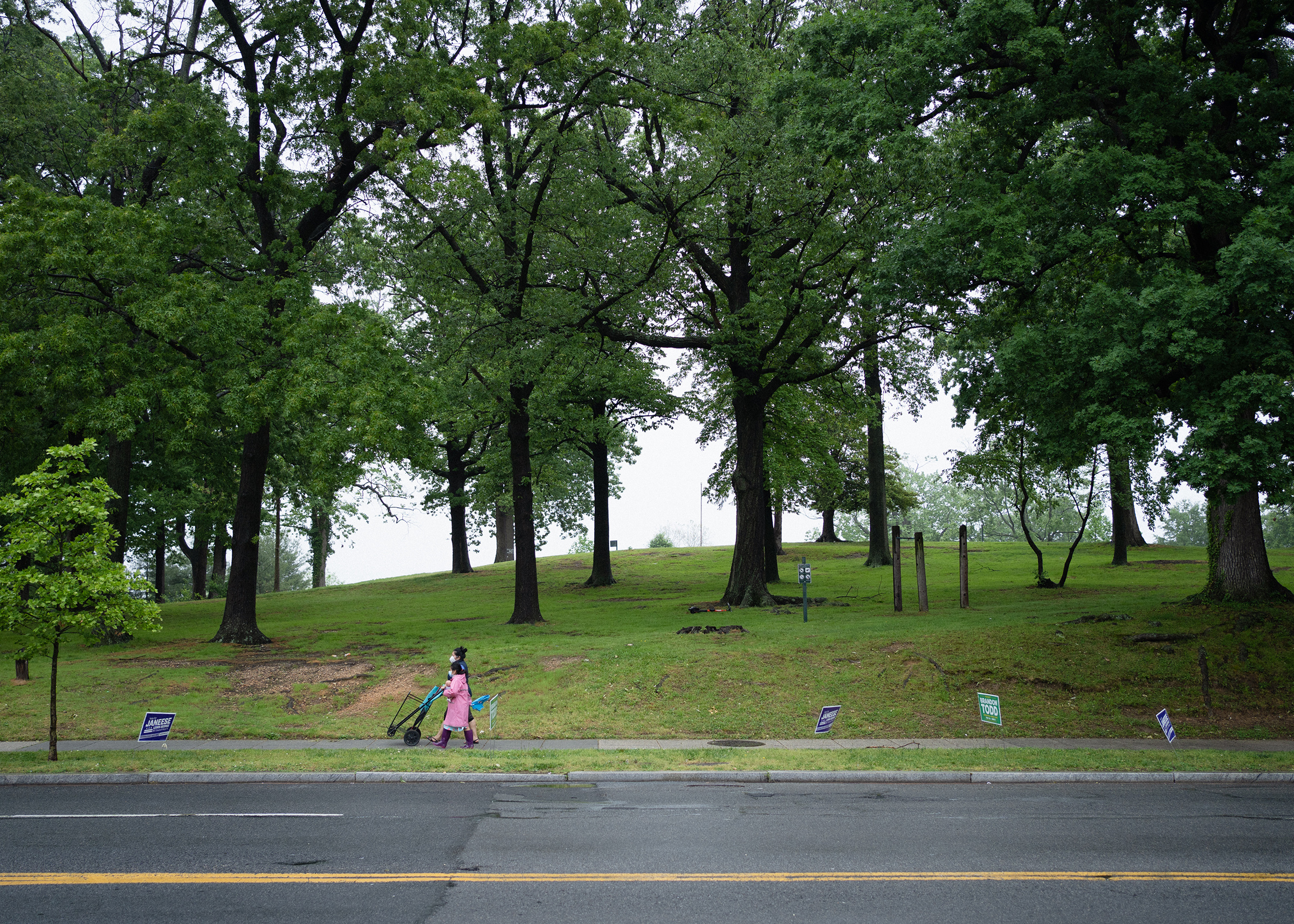
But cases have still been spiking in some of the city’s low-income neighborhoods, so Bowser’s team has been setting up pop-up sites that offer free testing for essential workers, people in high risk categories, or people who think they may have been exposed. At the first one, on a sunny Saturday on May 16, a line of masked residents waited next to a mobile lab near a charter school in Brightwood, a neighborhood in northwest D.C. that was once home to a pre-Civil War community of free African Americans. Today it’s a cross-section of black, Latinx and Amharic families, and is situated within the District’s Ward Four, which has the highest number of COVID-19 cases in the city.
Juan, a plumber, stands in line to get tested because his boss is in the hospital with COVID-19. “I have four children in the house,” he says. “I have to make sure that everything is okay.”
The economic impact of COVID-19 on low-income neighborhoods like Brightwood is putting people at higher risk of infection in D.C., health care workers say. Homes that were already tight are now even more crowded as families move in together to save money. “A lot of people have lost their jobs, and the people that didn’t lose their jobs have lost hours,” says Maria Gomez, RN, president and CEO of Mary’s Center, which is providing the pop-up center’s testing services. To save rent, families are doubling up. “So one family that already was crowded in an apartment is moving in with another one that was already crowded.”
A few blocks away, on the neighborhood’s main drag, most businesses are closed, other than a funeral home and the occasional pharmacy or liquor store. One of the few open shops is Elsa Ethiopian Kitchen, where Elsa Yirge, the 45-year-old owner, works behind the counter. Her husband Beniam Belay greets drivers from Uber, Seamless and Grubhub in a bright African-print face mask, to the sound of an Ethiopian soap opera playing on a wall-mounted TV.
He says business has been down 80% since the pandemic hit. Just before COVID-19, the business leased more space upstairs to hold tables for up to 40 guests. Now, they don’t know how they’ll pay rent at the end of the month. The restaurant applied for a loan through the Paycheck Protection Program (PPP), the emergency federal program designed to help small business owners struggling under the shutdown. “We never heard back on our loan application,” Elsa says. When asked what they’ll do, she just shrugs, a grim look on her face.
Stimulus measures meant to bail out small businesses struggling under stay-at-home orders haven’t had the impact on minority-owned businesses that advocates would like to see, according to Crawford and co-author Qubilah Huddleston’s research for the DC Fiscal Policy Institute. Only a quarter of PPP loans could be used for expenses like rent, while three-quarters of the aid was structured to cover staff paychecks. “More than 90% of black businesses nationwide are sole proprietorships with no employees,” Crawford says. The Latinx community is also struggling, according to a recent Latino Decisions poll, which found that 35% of respondents had lost a job, 29% owned a small business that was on the brink or had already gone under, and 43% had trouble making rent.
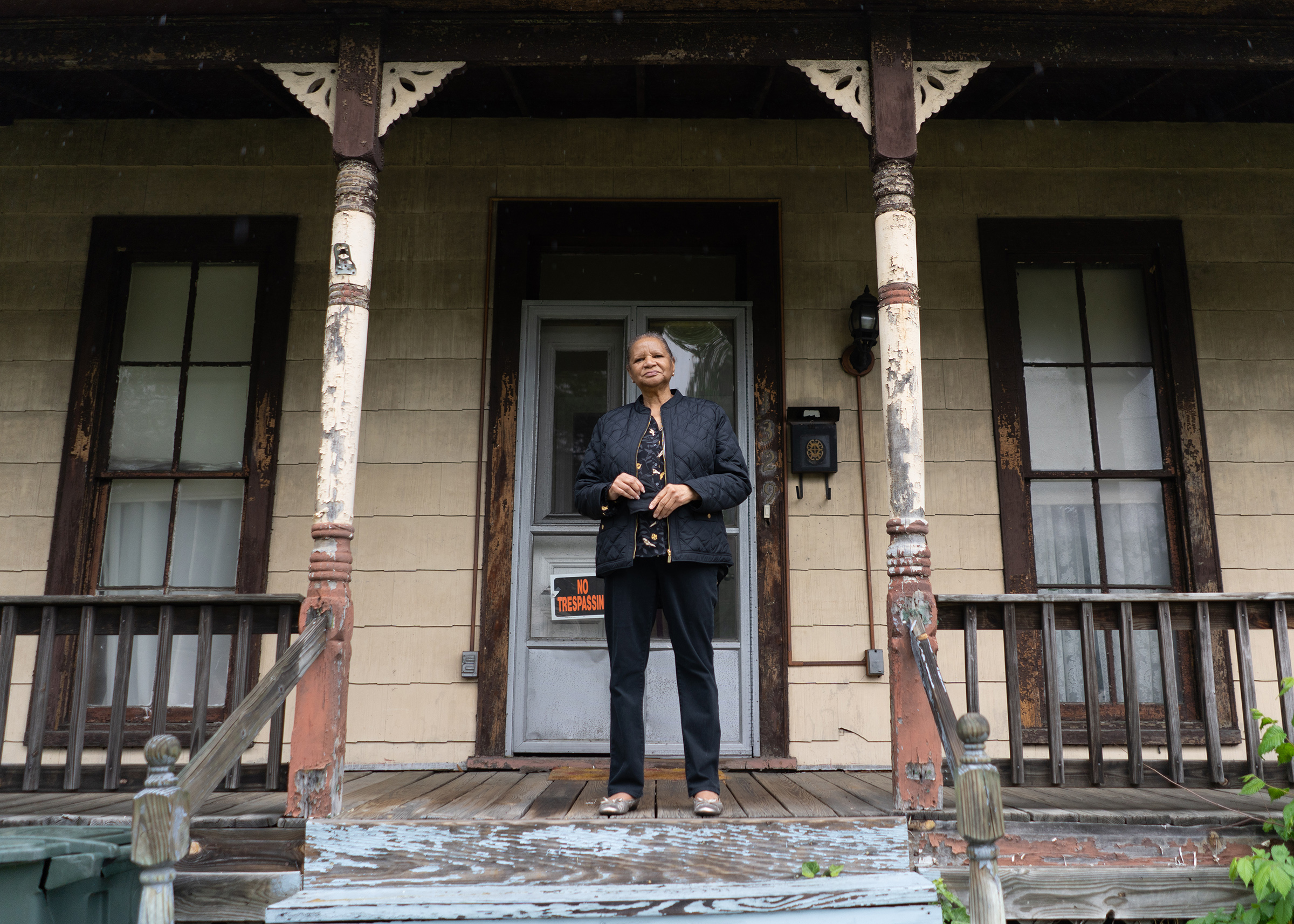
But for people in the capital who have watched friends and neighbors get sick, rushing back to normal life isn’t necessarily the answer. Next door to the testing site, Carol Lightfoot, 73, and her brother George, 69, watch neighbors line up for nearly half a mile from the front porch of their peeling 1800s-era Victorian home, which in its day hosted salons for members of the black intelligentsia like W.E.B. Du Bois. When the Lightfoots realized they could get tested for free, they lined up too, as the siblings share a host of serious health conditions, including diabetes, hypertension, and asthma.
Lightfoot has empathy for people who have lost income during the pandemic, but calls the primarily white protestors she’s seen on TV dismissing the virus “ridiculous,” adding that they’d likely feel differently “if it was a member of their family or friends who came down with it.”
As Trump continues to push for reopening, homemade posters have appeared on a handful of D.C. lamp posts across the District. “Coming soon to your City: Trump Caskets,” the signs say, with an image of the President grinning over an open coffin. It’s a snapshot of how some District residents view Trump’s handling of the pandemic, says longtime Washington, D.C.-based public radio host Kojo Nnamdi. Many African Americans here see the disproportionate impact of COVID-19 on their community as part of a wider pattern of neglect by the Trump Administration, he says. “These are people who are convinced that President Trump does not have the interests of poor and people of color at heart. They think that President Trump prefers to err on the side of the major corporation, the big banks, and the business community.”
Nnamdi, now 75, predicts the pandemic will renew the movements for black equality that first inspired him to travel to the U.S. from Guyana as a college student and briefly join the revolutionary-minded Black Panther Party. Policy analyst Huddleston, 29, agrees. “It just reflects the disregard for black life and black bodies to say that we know that there are specific communities being decimated and devastated, economically, health wise, etc. But we’re still going to open anyway because the show must go on,” she says.
Mayor Bowser sees this crisis as an opportunity for Trump to reach out to the nation’s black community. “If there is ever a place where we could really look at the disproportionate impact on African Americans, it’s D.C., she says. “I think Trump gets that this is an issue that he can lean into for African Americans. I don’t know if he knows what the answer is.”
In Brightwood, nobody is talking politics. Juan and the other residents standing in line to get tested are just focused on getting through this crisis, like Clinton on his early morning sanitation shift. He may have to get out and help the public every day for a living, but in his private life, Clinton says he is planning to stay away from public places for a while. “You gotta choose. What’s best? The economy? We need to get it back together so people can work, but you also gotta be safe,” he says. “It’s out there.”
— With reporting by Chris Wilson
Please send tips, leads, and stories from the frontlines to virus@time.com.
More Must-Reads From TIME
- The 100 Most Influential People of 2024
- Coco Gauff Is Playing for Herself Now
- Scenes From Pro-Palestinian Encampments Across U.S. Universities
- 6 Compliments That Land Every Time
- If You're Dating Right Now , You're Brave: Column
- The AI That Could Heal a Divided Internet
- Fallout Is a Brilliant Model for the Future of Video Game Adaptations
- Want Weekly Recs on What to Watch, Read, and More? Sign Up for Worth Your Time
Contact us at letters@time.com